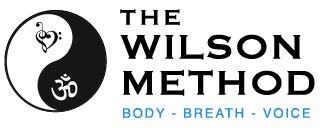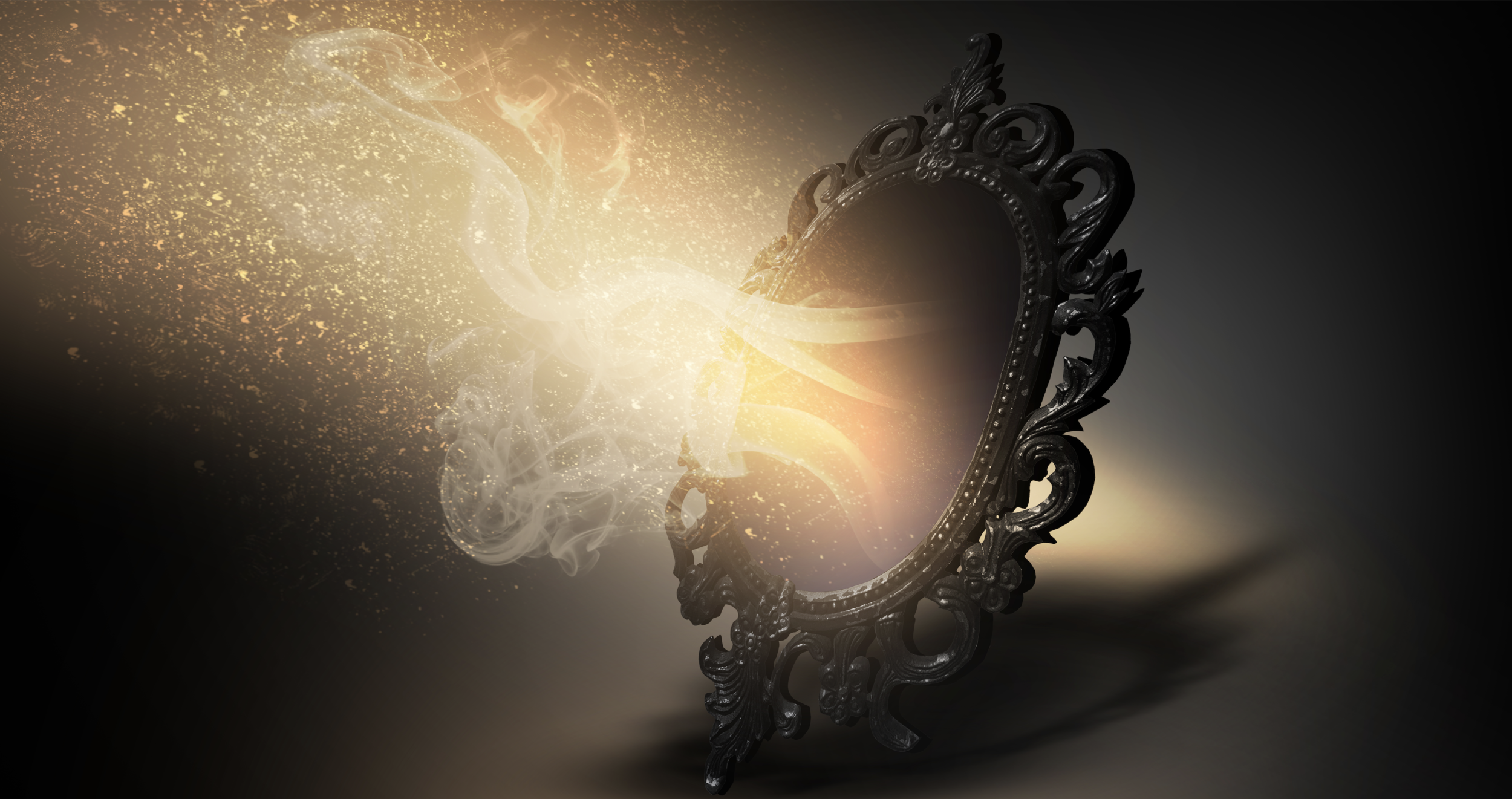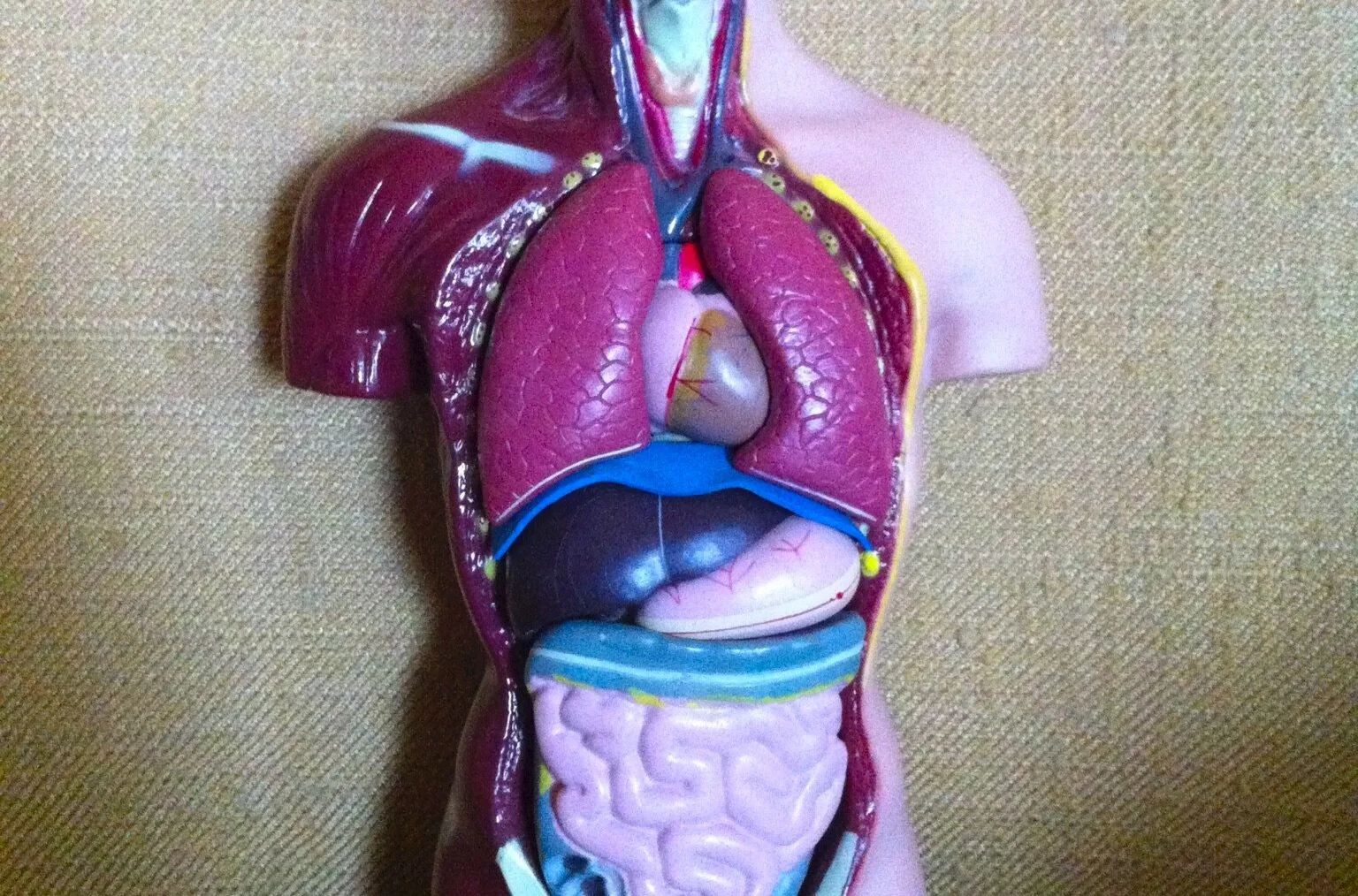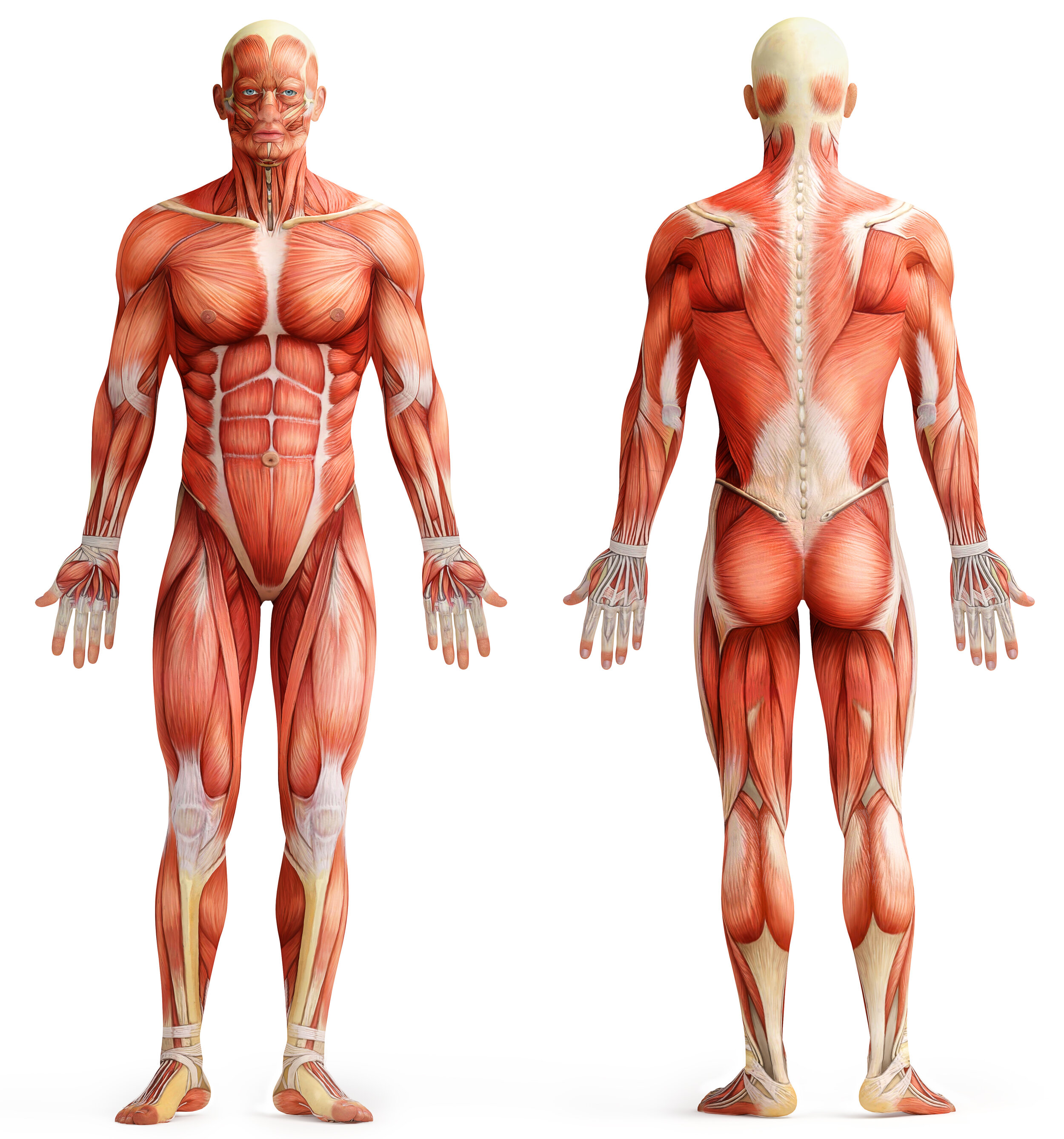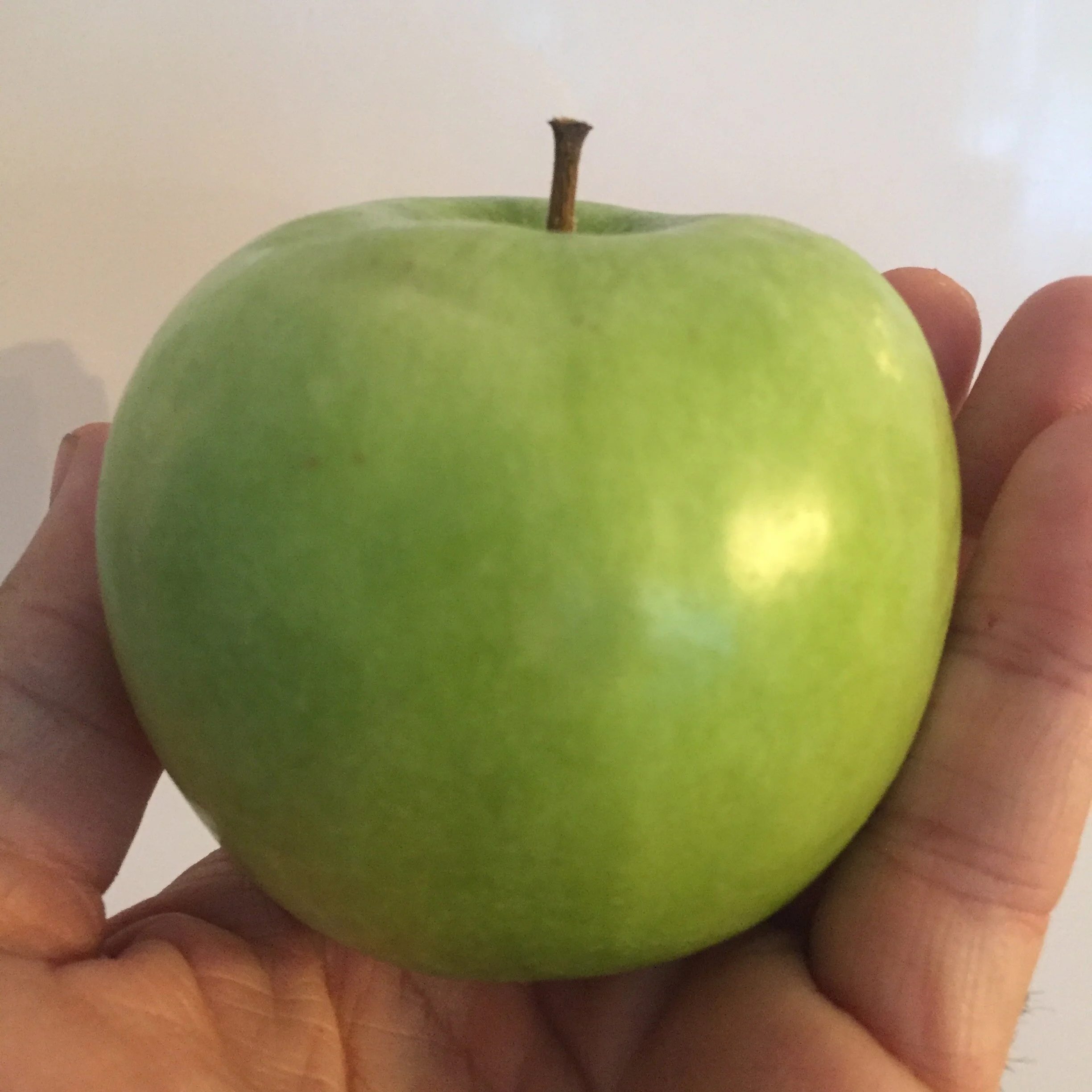There is a new paradigm that is just beginning to flourish in the voice-instruction world.
I feel that my initial function as a voice instructor is to work with the psychophysiological, respiratory, lymph and stabilization systems.
Then the voice.
It’s about building a strong foundation for the voice.
It’s about creating a safe environment for the voice.
It’s about understanding that our entire body is our vocal instrument.
And therefore working with the whole person.
We blame so much on the voice: “I have a voice problem” is a common complaint. I posit that there is, in fact, no such thing as a voice problem. If you are identifying as having a voice problem you are looking at where the issue is presenting, which is entirely different from the cause. Virtually all voice issues are actually issues with the respiratory system, core strength or systemic posture or fascial issues. Nothing to do with the voice area itself.
Once we get the awareness, confidence, breathing, core, vagal tone, peri-personal space and support on-line, the voice itself will be just fine, thank you very much.
Building vocal technique then becomes much more about simply moving forward (with sacrifice, hard work and dedication) instead of hacking through personal issues.
It’s the path of least resistance, actually. Otherwise one is not teaching to the student, but at the student. Life is too short to bang away at the poor little vocal folds when the engine that runs the game (the entire body) isn’t yet functionally ready to phonate, much less sing with joy, surrender and freedom.
This is not a new concept - as part of the Bel Canto tradition, Luciano Pavarotti’s story is well documented:
When he began with his teacher Ettore Campogalliani (who would essentially give Pavarotti his career) the young singer was not allowed to sing repertoire for two years - appoggio and vocal exercises only. Despite this excellent foundational work Pavarotti developed a vocal node and quit singing. He soon discovered the vocal node had nothing to do with his vocal technique; due to his career break he noticed how anxious he had been for many years, just like his father. He then quickly learned how to not let anxiety affect his instrument, and soon went on to become one of the greatest tenors that ever lived.
Breath
Breath + Movement
Breath + Movement + Vowels
Breath + Movement + Vowels + Text
Breath + Movement + Vowels + Text + Song
Foundation first. Then one can focus on dropping into story, text and character, instead of worrying about the instrument, and so a confident and expressive Performing Artist emerges.
Much more fun and much more effective for instructor, student and audience.
